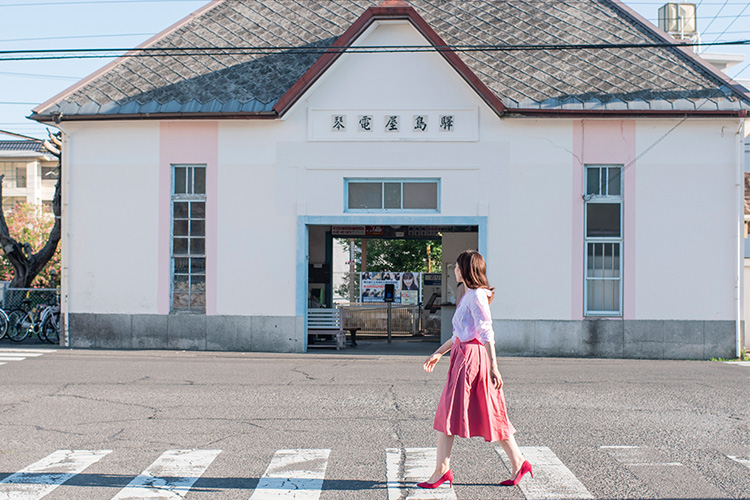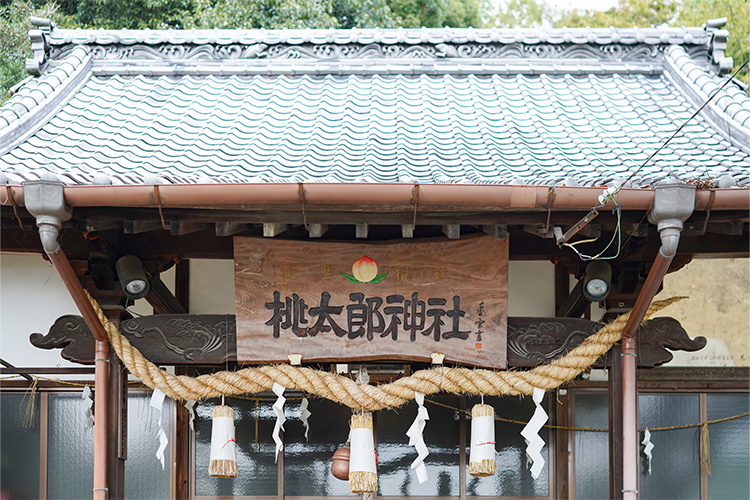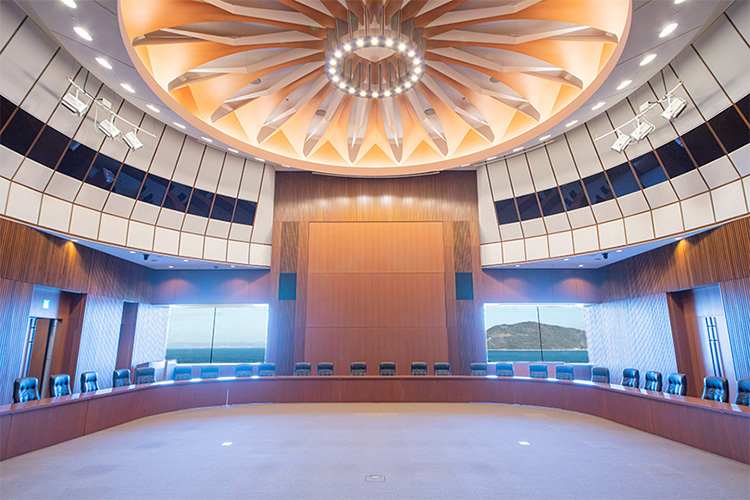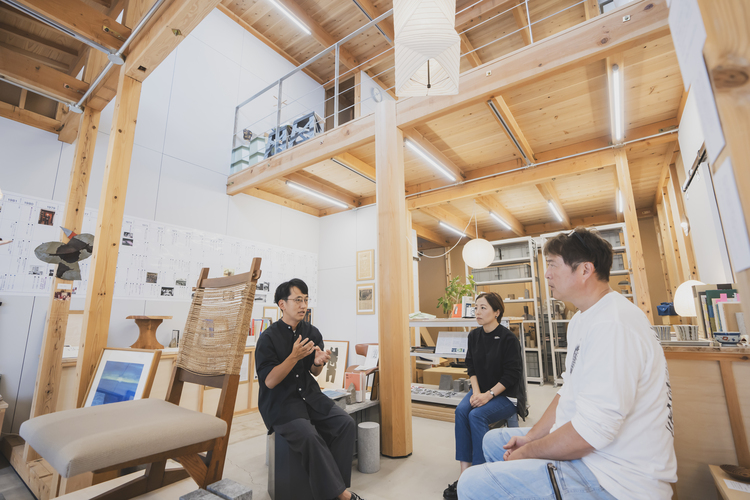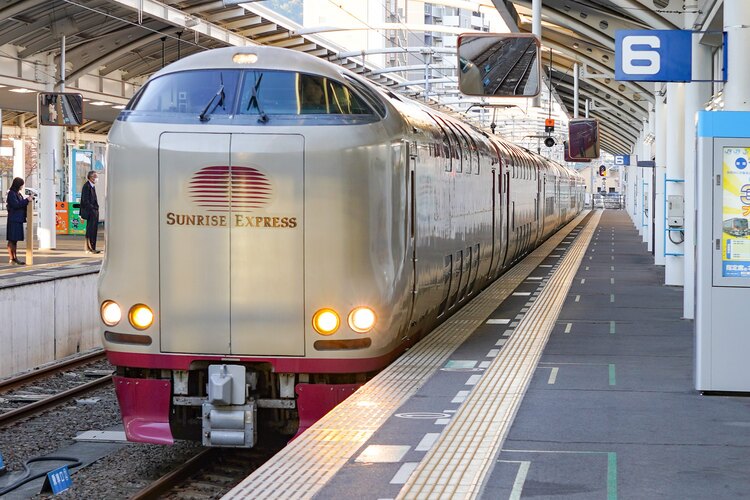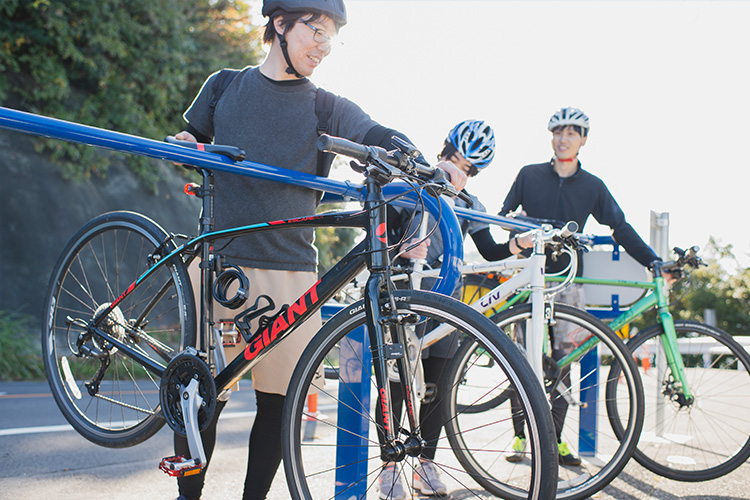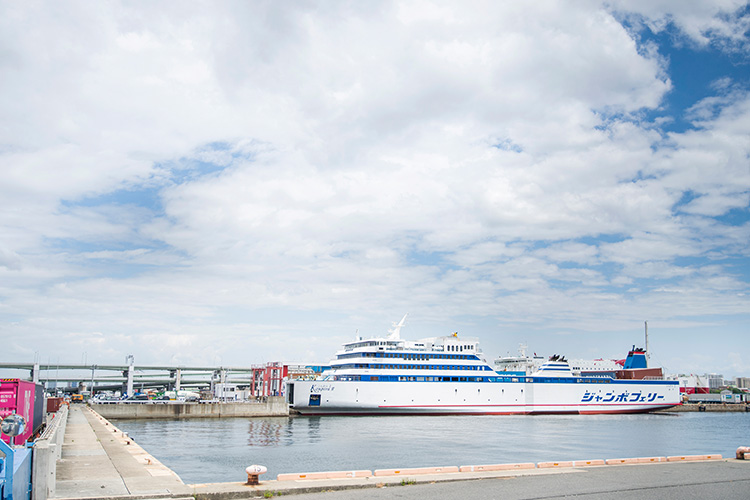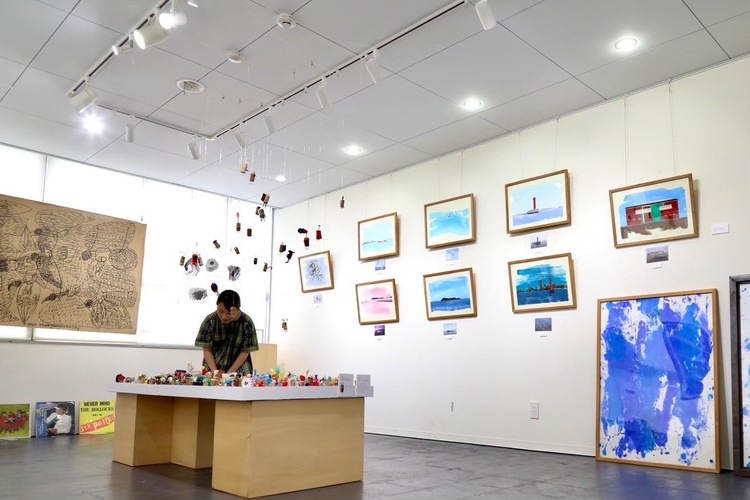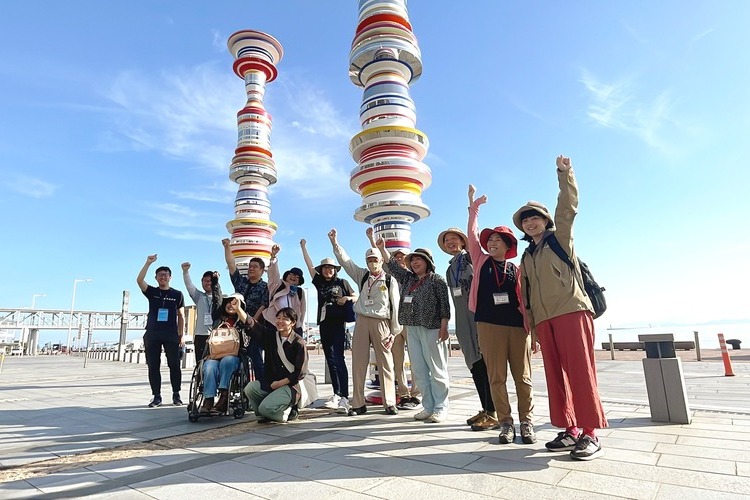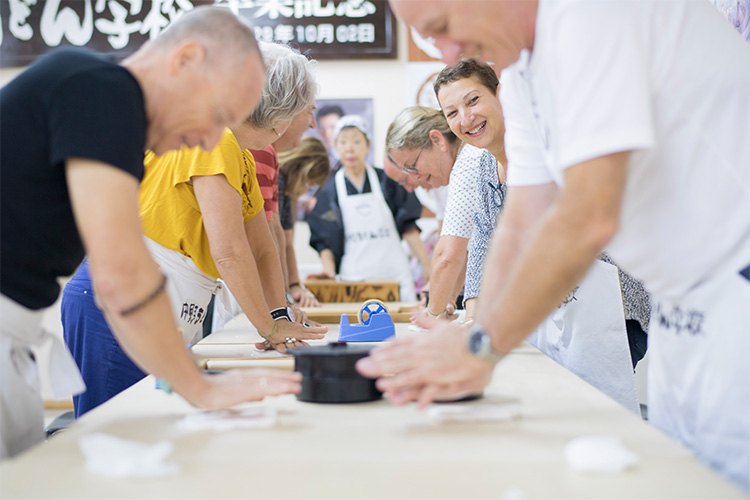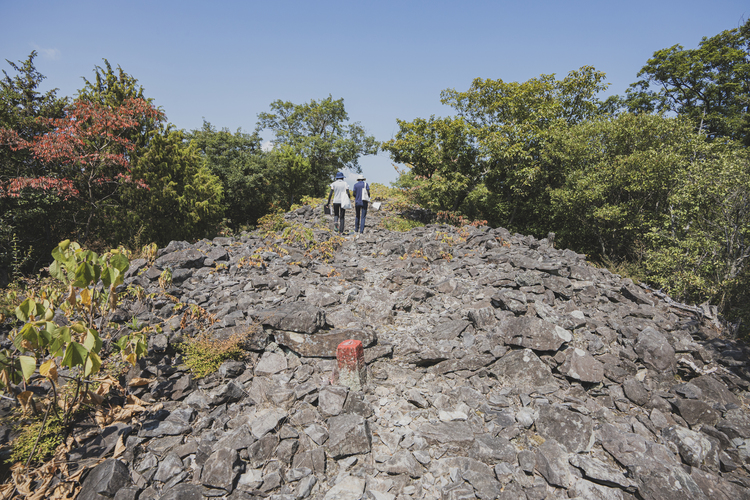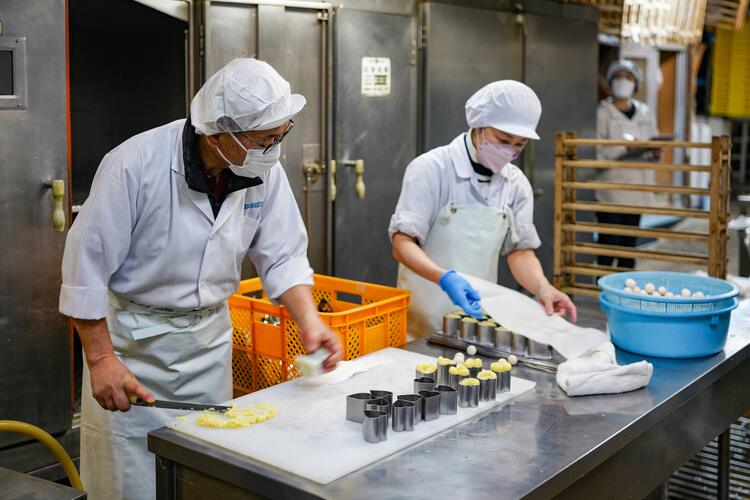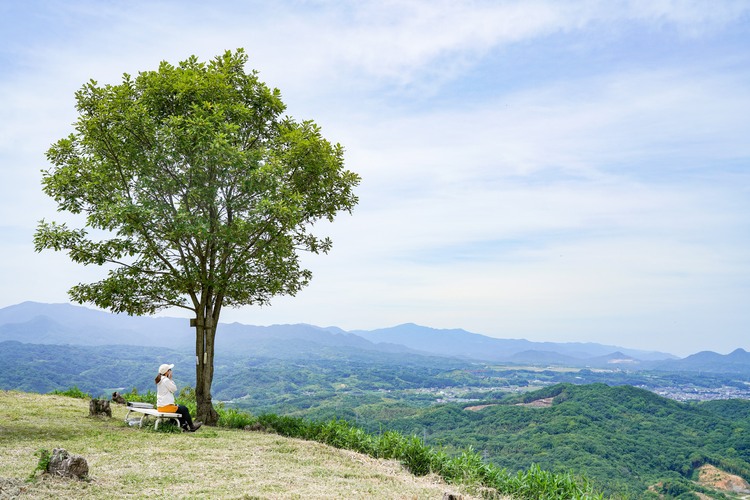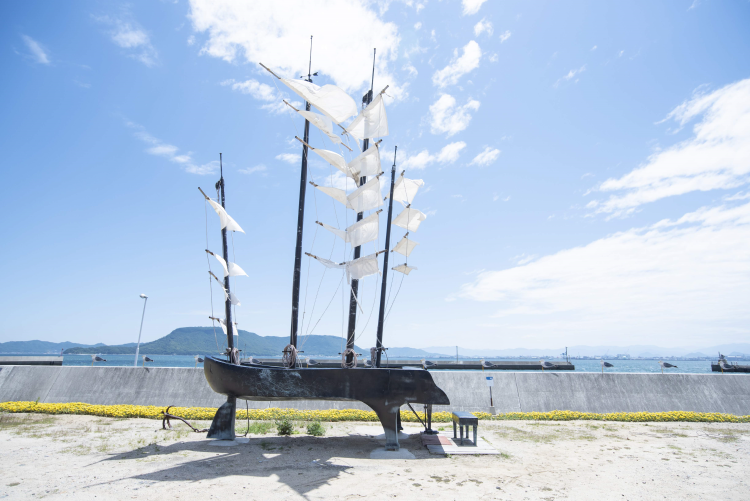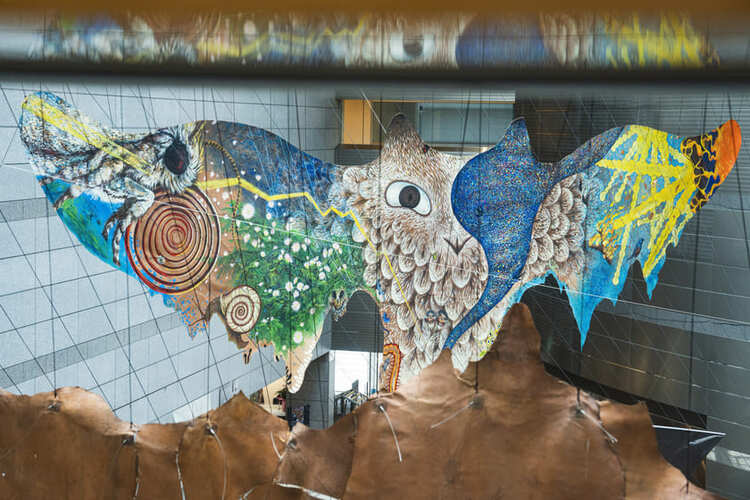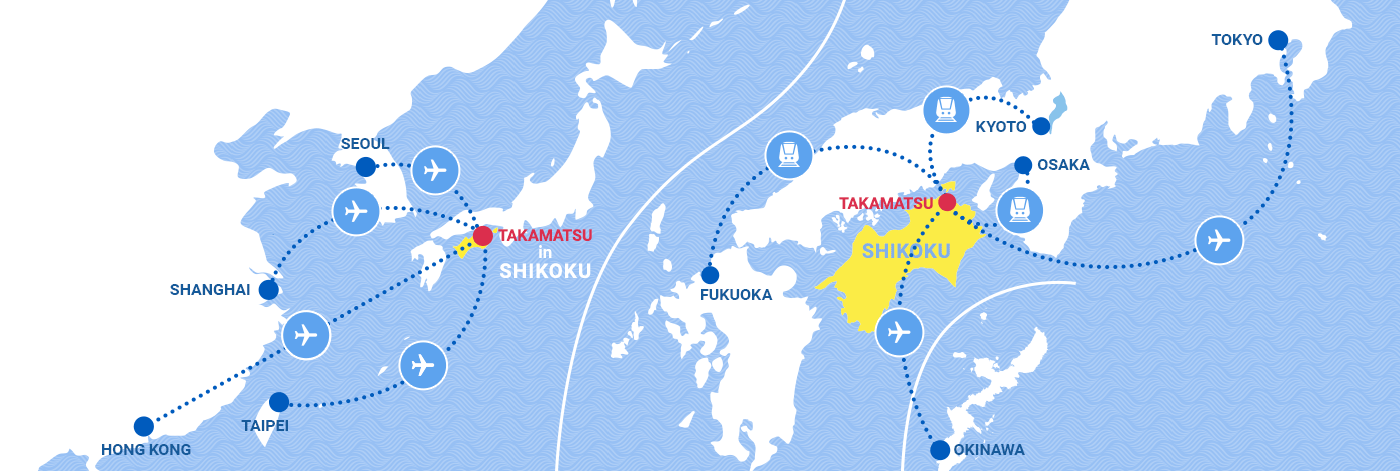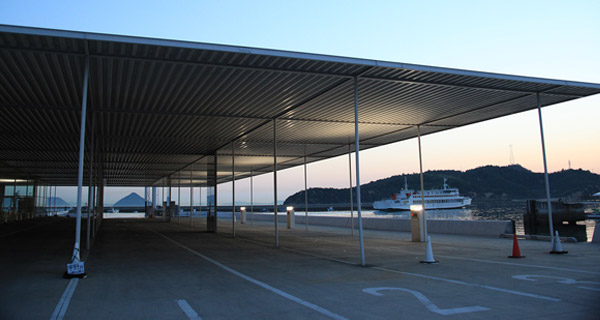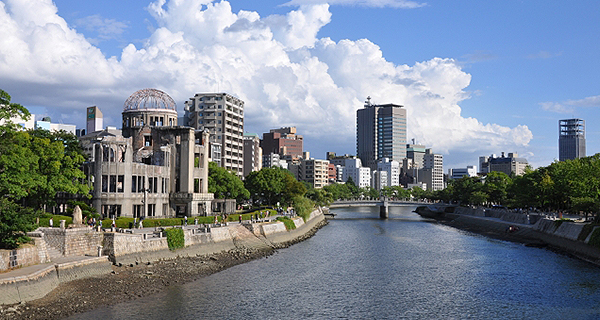- Sanuki udon: An extraordinary dish that emerged from 100 million years of Earth's geological evolution
- Formation of tidal flats suitable for salt farming
- The emergence of the Seto Inland Sea climate
- The formation of the Sanuki Plain, well-suited for cultivating wheat
- The formation of the Seto Inland Sea
- Components of the cuisine in Takamatsu that are a result of geological events.
In recent years, gastronomy tourism has attracted attention, as it centers on enjoying local cuisine in connection with the geographical, historical and cultural context it developed within.
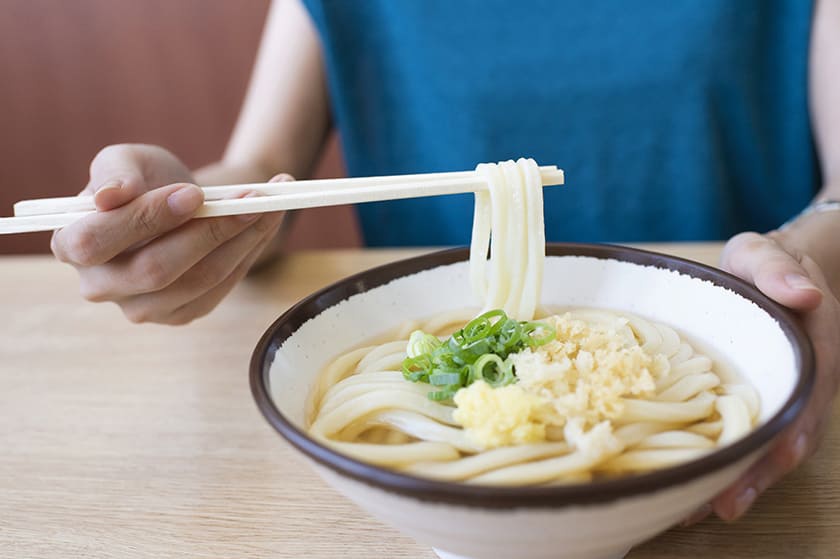
When thinking about the food from Takamatsu, Kagawa, the first dish that comes to mind for many is typically Sanuki udon noodles. The natural environment and climate of Kagawa are said to have nurtured Sanuki udon, but a more thorough analysis indicates that geological events shaped this environment and climate.
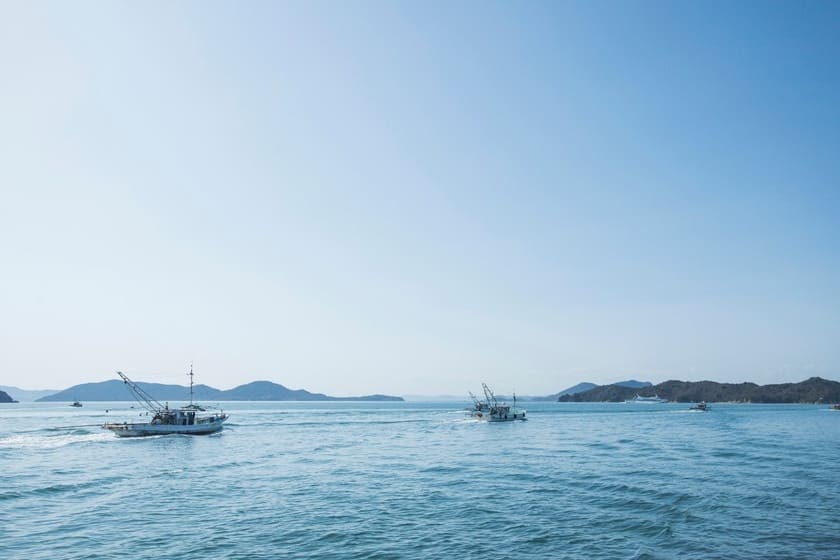

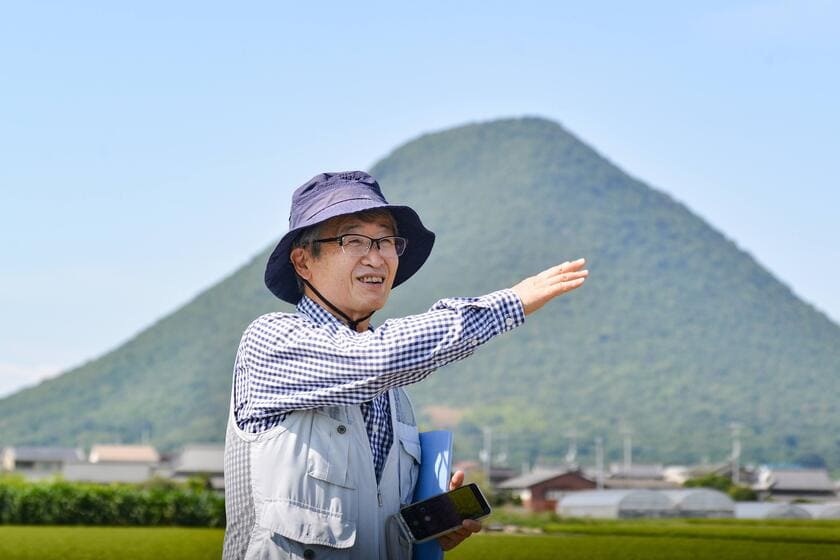

The Setouchi Sanuki Geo-Gastronomy Tourism Research Association was founded in 2023 to study the connections between the cuisine of Kagawa and its geology, while also promoting this new value. Chairman HASEGAWA Shuichi explained the connections between Sanuki udon and the local geology.
Sanuki udon: An extraordinary dish that emerged from 100 million years of Earth's geological evolution
Four major geological events played crucial roles in the origin of Sanuki Udon.
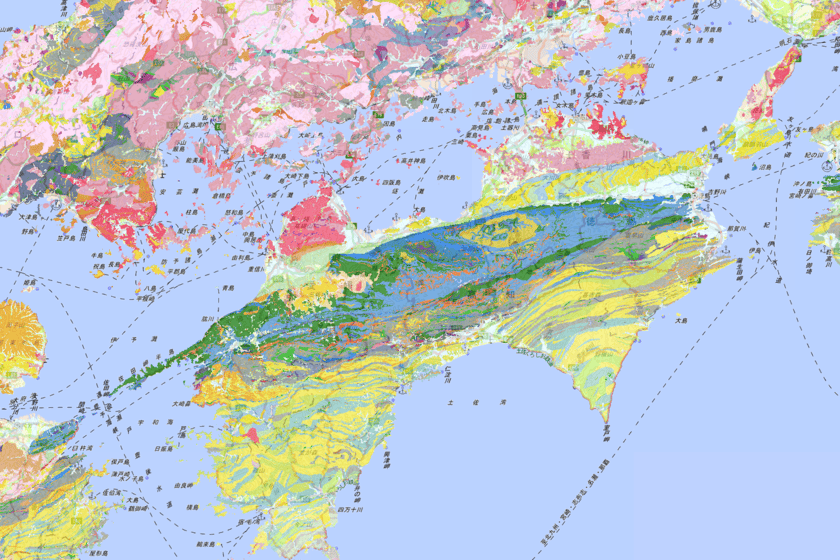
The map was created based on the 1:200,000 Seamless Geological Map of Japan created by the Geological Survey of Japan within the National Institute of Advanced Industrial Science and Technology. Additional adjustments to its topography and the names of geographic features have been made by GOFIELD, INC. https://gbank.gsj.jp/seamless/v2/legendSub.html
Formation of tidal flats suitable for salt farming
The first event was volcanic eruptions that occurred 100 million years ago.
They created granite bedrock.
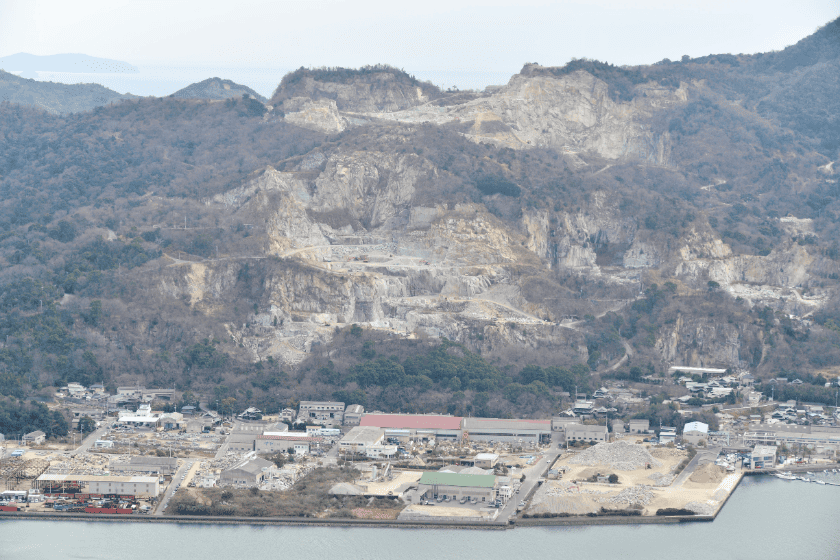
When the granite eroded, it transformed into sand, eventually forming tidal flats and sandy beaches. At this point in time, the Seto Inland Sea had not formed yet; however, later on, salt pans developed on these tidal flats. This led to the production of salt and soy sauce, both of which are crucial ingredients for udon.
Interestingly, the mold known as koji, which is essential for the fermentation of soy sauce, does not grow well in iron-abundant conditions. The iron content of water that flows over granite is low, making it particularly suitable for the production of soy sauce.
The emergence of the Seto Inland Sea climate
The second event was the volcanic eruptions that occurred in the Seto Inland Sea region 14 million years ago.
This event set in motion the progressive rise of the Shikoku Mountain range.
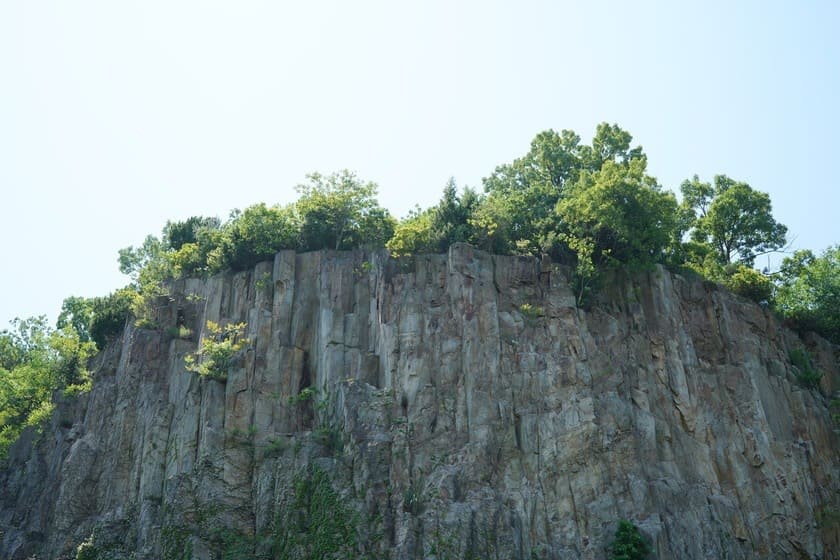
By blocking the moist air coming from the south, the Shikoku Mountain range gave rise to the climate of the Seto Inland Sea, where rain is rare.
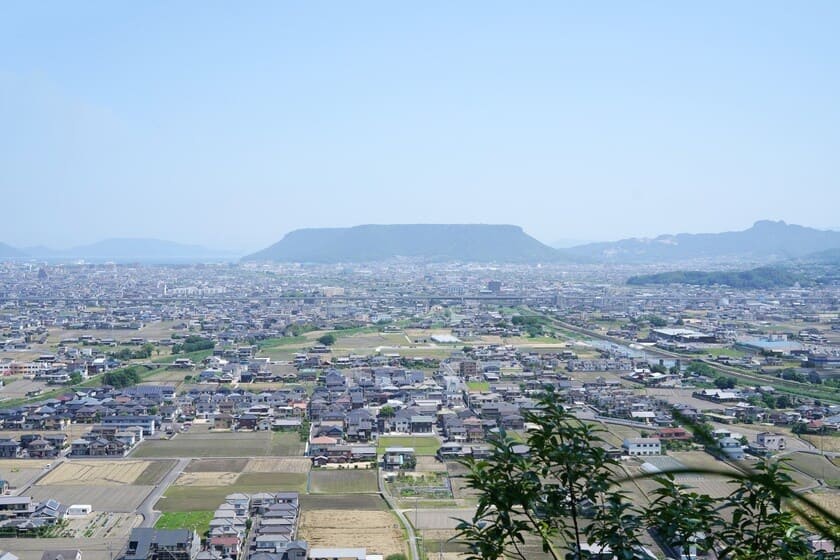
The volcanic eruptions produced andesite that over time shaped the unique landscape of Sanuki today, which features mesas and cone-shaped volcanic plugs.
The formation of the Sanuki Plain, well-suited for cultivating wheat
The third event occurred 3 million years ago when the median tectonic line was displaced sideways.
The median tectonic line is a geologic fault that extends along the border between Kagawa and Tokushima Prefectures. The sideways displacement of this fault led to the elevation of the Sanuki Mountain range, resulting in a drier climate on the Seto Inland Sea side. Sediment that eroded from the Sanuki Mountain range ultimately contributed to the formation of a fast-draining alluvial fan, forming what is now the Sanuki Plain.

Another notable result was the change of the path of the Yoshino River. Initially, it flowed towards Kagawa, but it was redirected to the east by the Sanuki Mountain range. Consequently, Kagawa found itself with limited rainfall and no prominent rivers, which solidified its water-deficient climate.
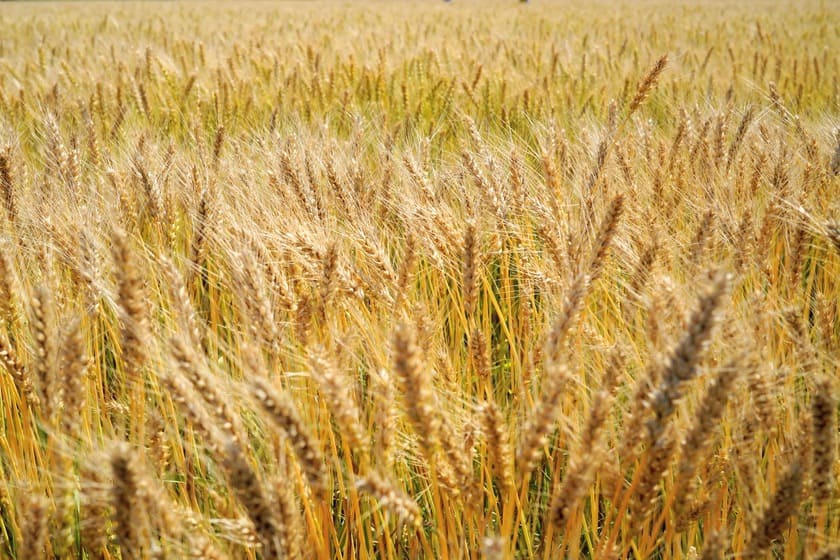
The first inhabitants of Kagawa built water reservoirs on the fast-draining alluvial fan, allowing them to grow rice and, as a supplementary crop, wheat which could endure droughts. These effort resulted in the emergence of udon noodles.

Groundwater sourced from the alluvial fan is used in the preparation of udon. In Takamatsu, many udon restaurants can be found in the alluvial fan along the Koto River.
The formation of the Seto Inland Sea
The fourth and final event was the end of the Ice Age, which took place around 10,000 years ago.
As the sea level rose, the Seto Inland Sea was formed. The complex terrain formed by the sideways displacement of the median tectonic line three million years ago extended into the sea beds, featuring a topography of thin straits, dotted with islands and peninsulas, alternating with extensive calm waters alongside the plains, resembling wrinkles.
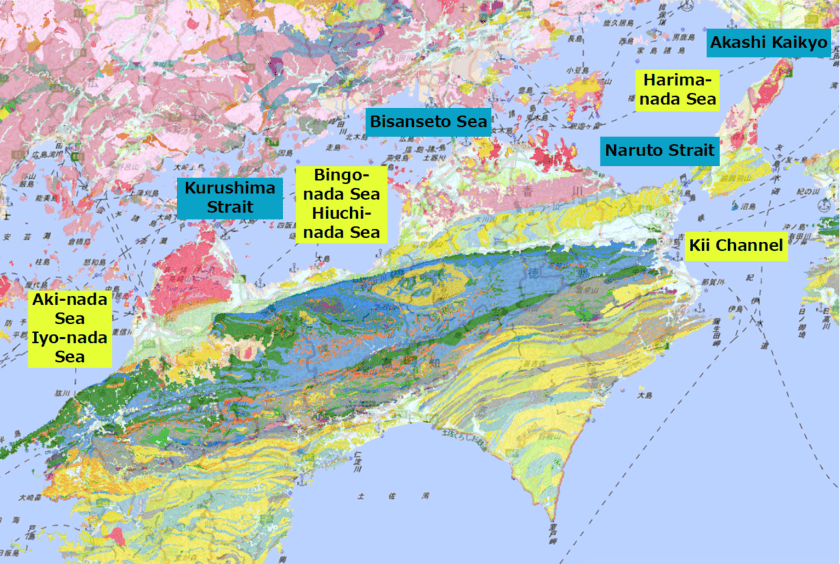
The map was created based on the 1:200,000 Seamless Geological Map of Japan created by the Geological Survey of Japan within the National Institute of Advanced Industrial Science and Technology. Additional adjustments to its topography and the names of geographic features have been made by GOFIELD, INC.
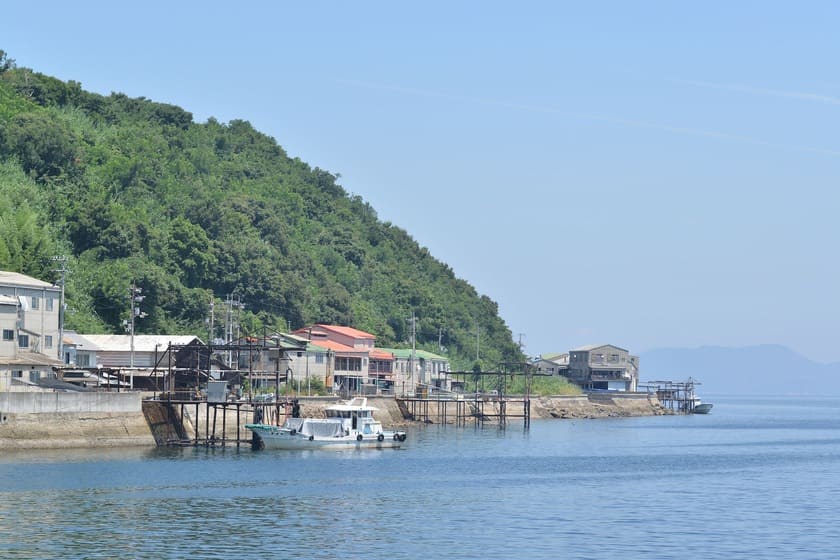
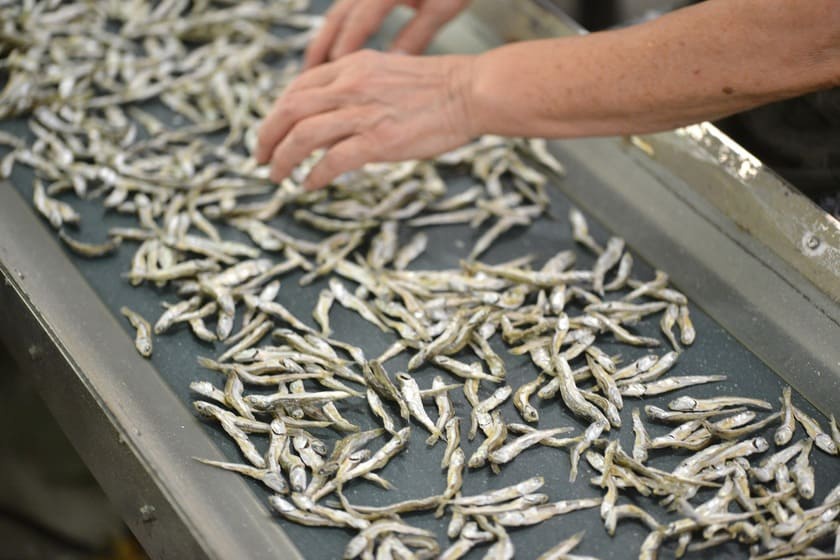
The calm water of Hiuchi Nada, located in western Kagawa, became a perfect spot for catching sardines, which are processed into dried sardines called iriko, a key ingredient for udon broth.
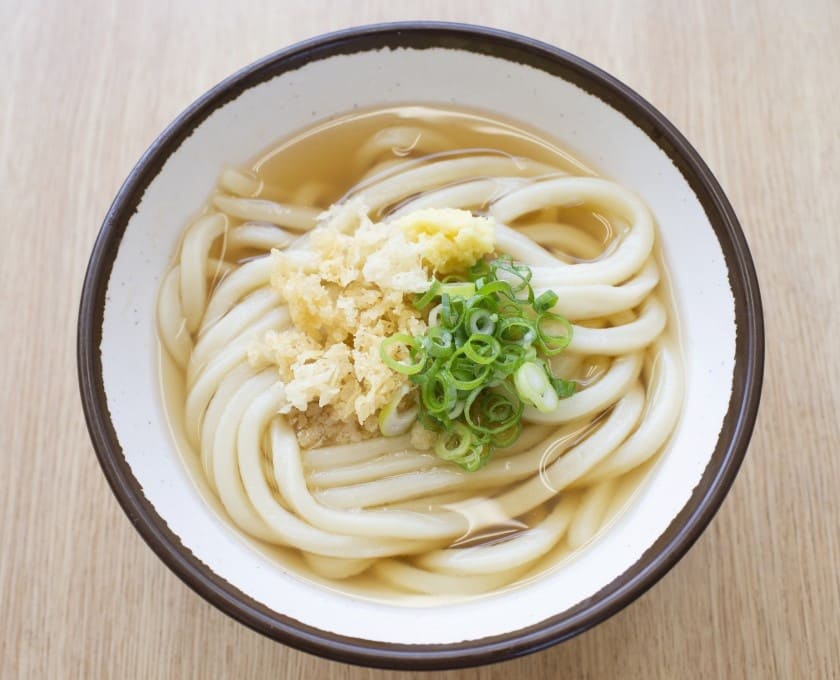
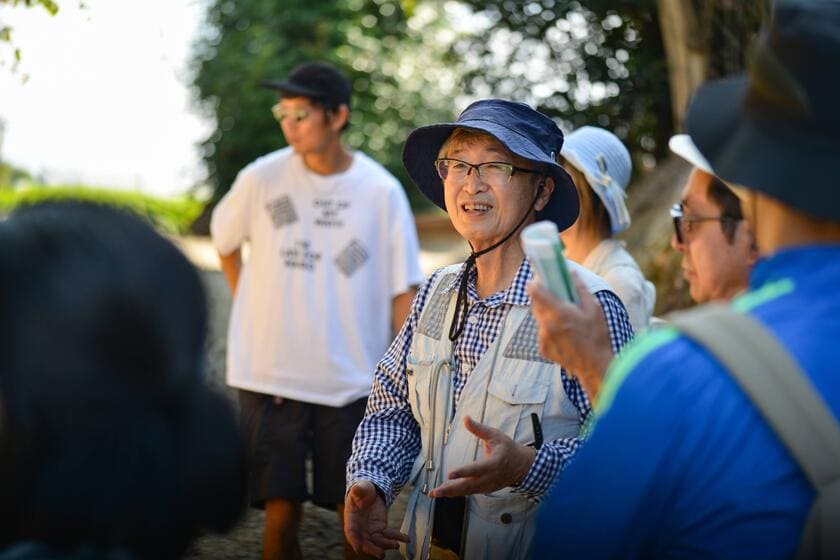
This is how significant geological events that took place over a period of 100 million years caused Sanuki Udon to come into existence miraculously.
Components of the cuisine in Takamatsu that are a result of geological events.
These components of cuisine in Takamatsu are closely tied to the geological features of the region.
Seafood from the Seto Inland Sea, nourished by its straits and calm waters.
The straits and calm waters of the Seto Inland Sea offer us plenty of natural blessings.
Among them is the octopus, which thrives in the sandy bottoms of the fast-moving currents of the straits.

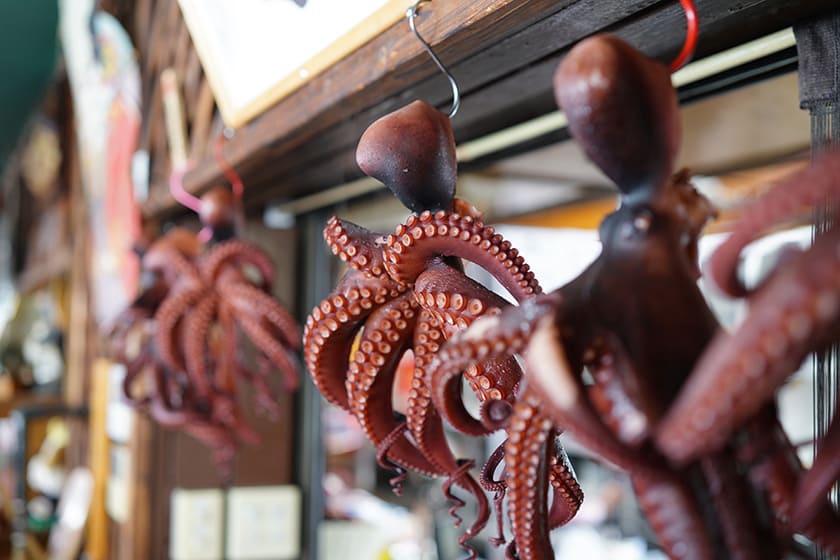


There is a rich octopus fishing area surrounding the Ogijima Lighthouse, which nurtures the residents of Takamatsu's fondness for octopus as a food.
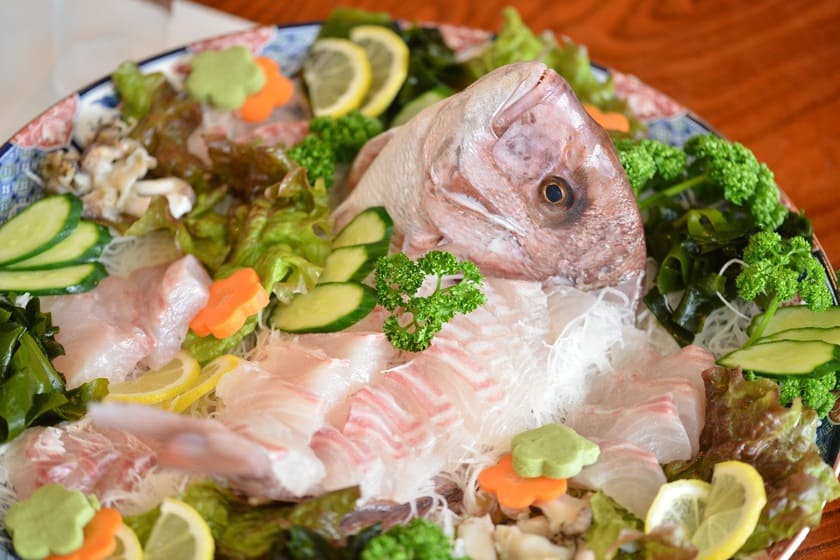
Additionally, there is an abundance of bream which feed on the shrimp and crabs that inhabit the straits.
In the fast-moving currents of the straits, octopuses and bream develop muscular bodies. The seafood from the Seto Inland Sea is prized for its delicious flavor because these muscles result in a rich umami flavor.
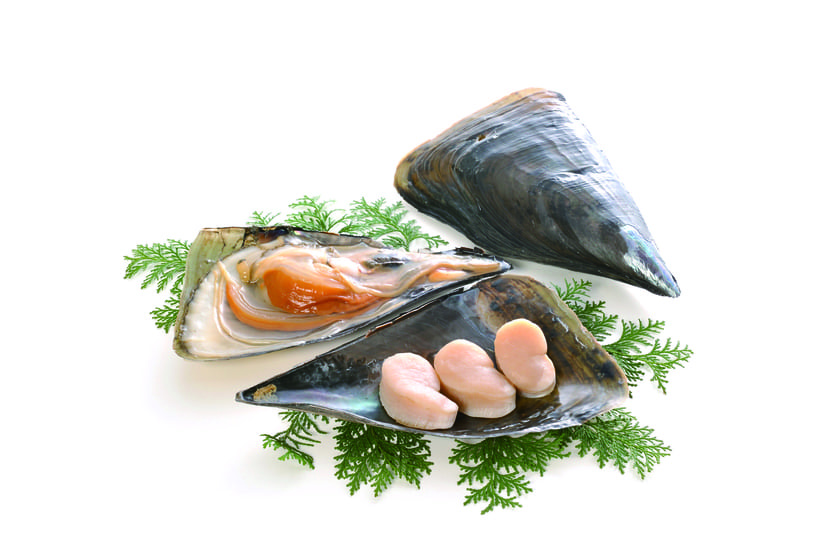
Source:Kagawa Local Products Promotion Organization
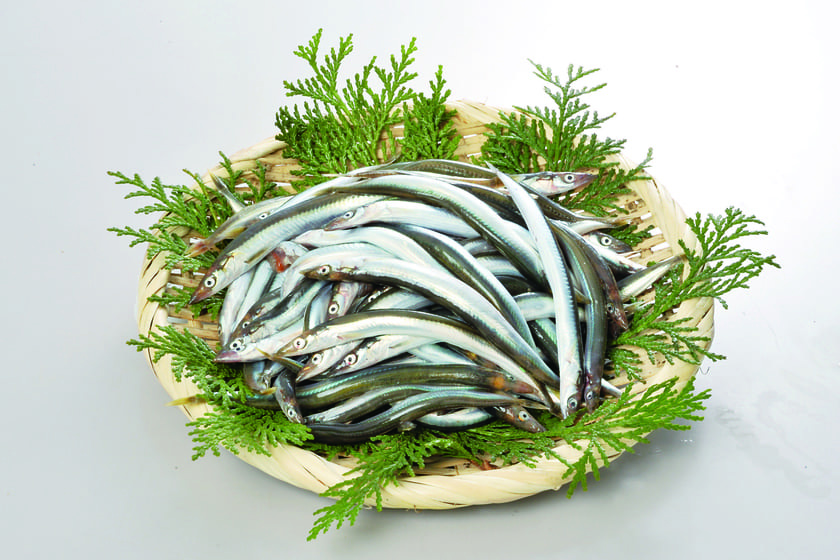
Source:Kagawa Local Products Promotion Organization
The straits also offer tairagi fan shells and sand lances, as these species thrive in the sandy beds formed by granite sediment.
In calm waters, on the other hand, the gentle flow of the current permits fine sediment to accumulate, creating a perfect habitat for species such as conger eels and pike congers.
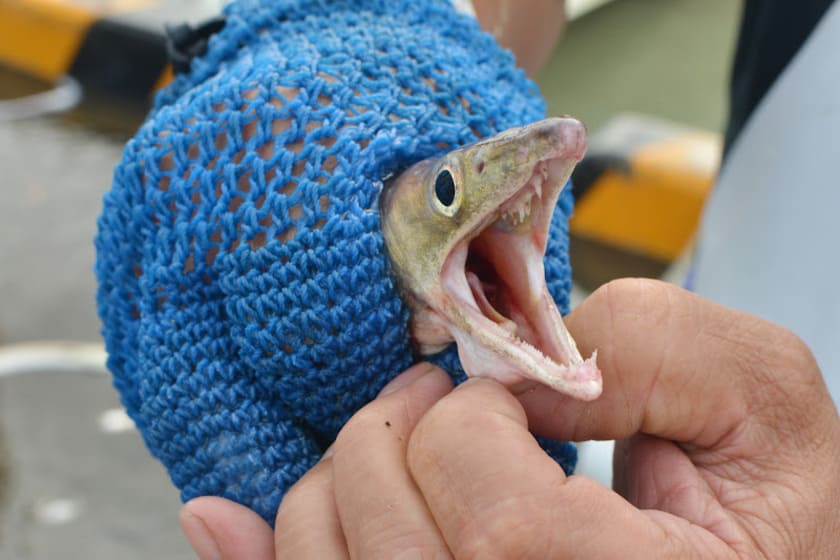

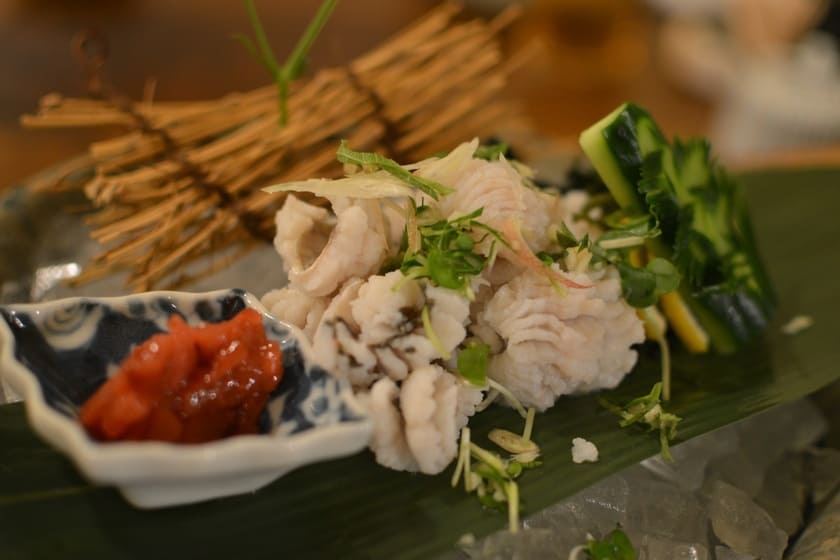
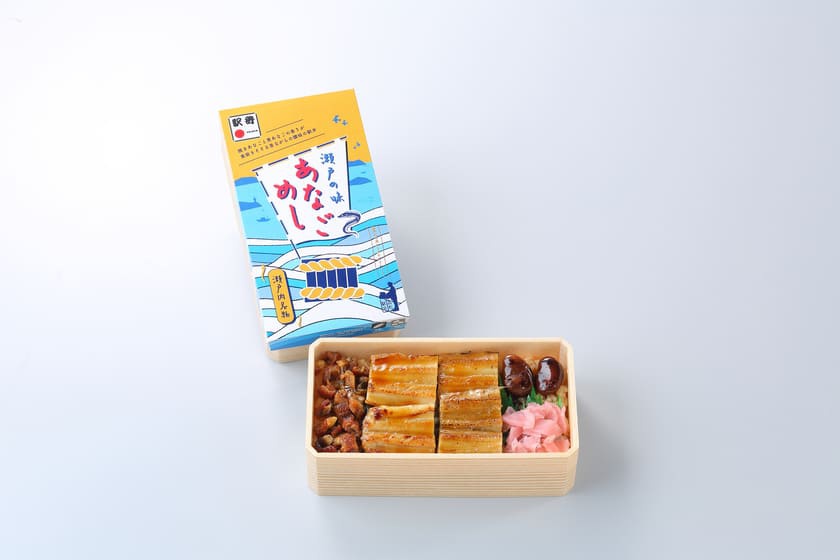
Anagomeshi is a renowned rice dish featuring conger eel that is a bento option at Takamatsu Station loved by both local residents and tourists.
Tea is grown on the hillsides formed by landslides in Shionoe.
The Shionoe area, which is located at the south end of Takamatsu City and borders Tokushima, is a hot-spring resort surrounded by a lush, green environment.
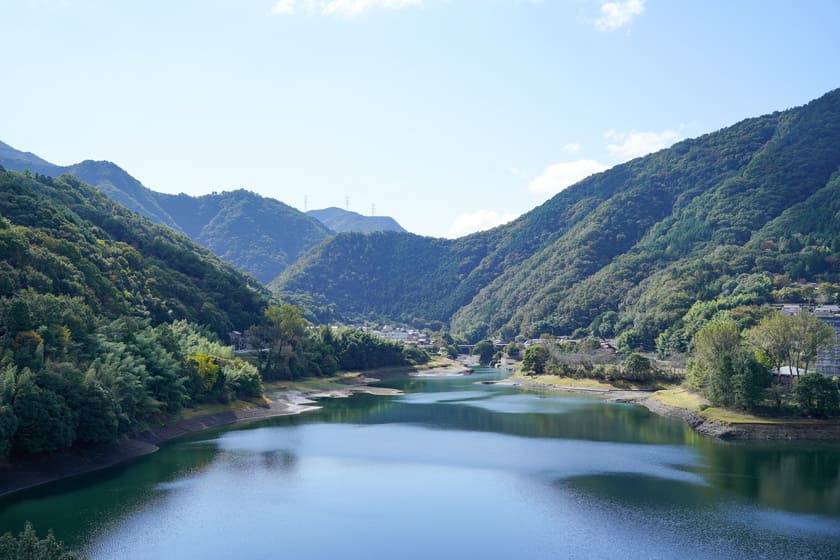
The Sanuki Mountain range stretches to the south of the hot spring village. It features a mix of sandstone and mudstone layers.

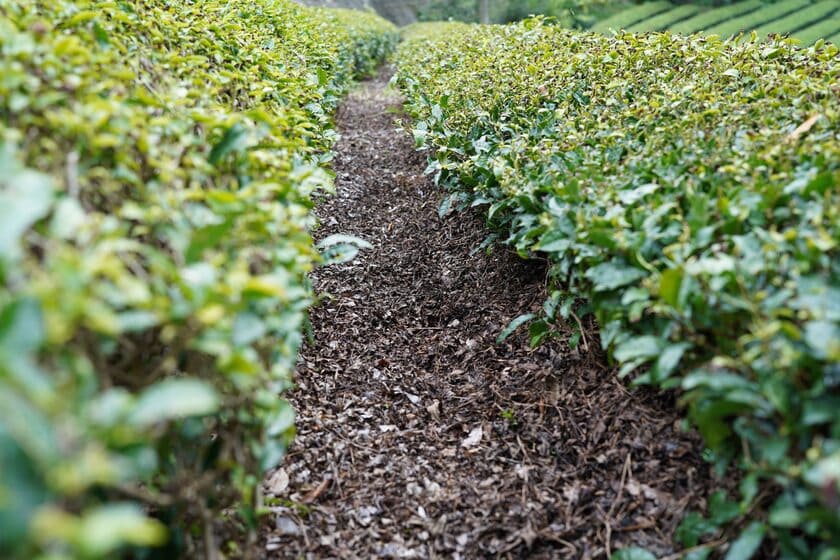
The gentle slopes facing south, shaped by landslides due to weathering, have long been a site for tea cultivation in well-drained areas at elevations of 400 to 700 meters.
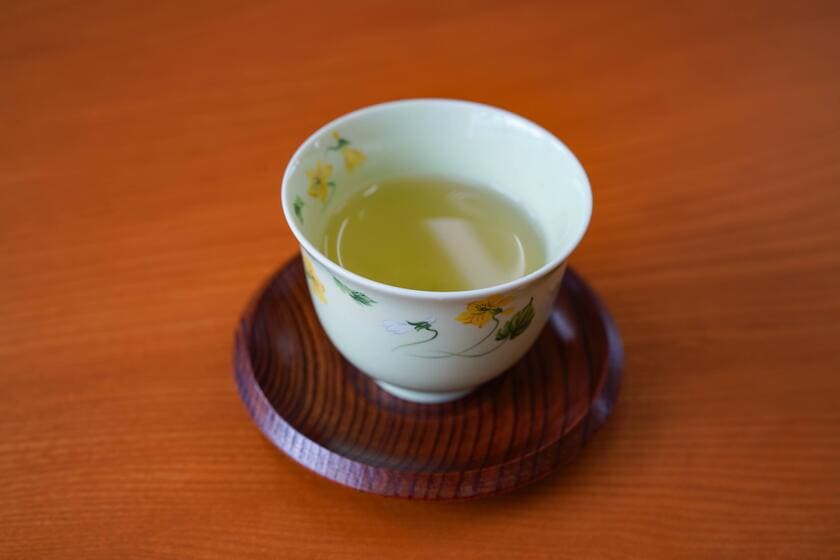
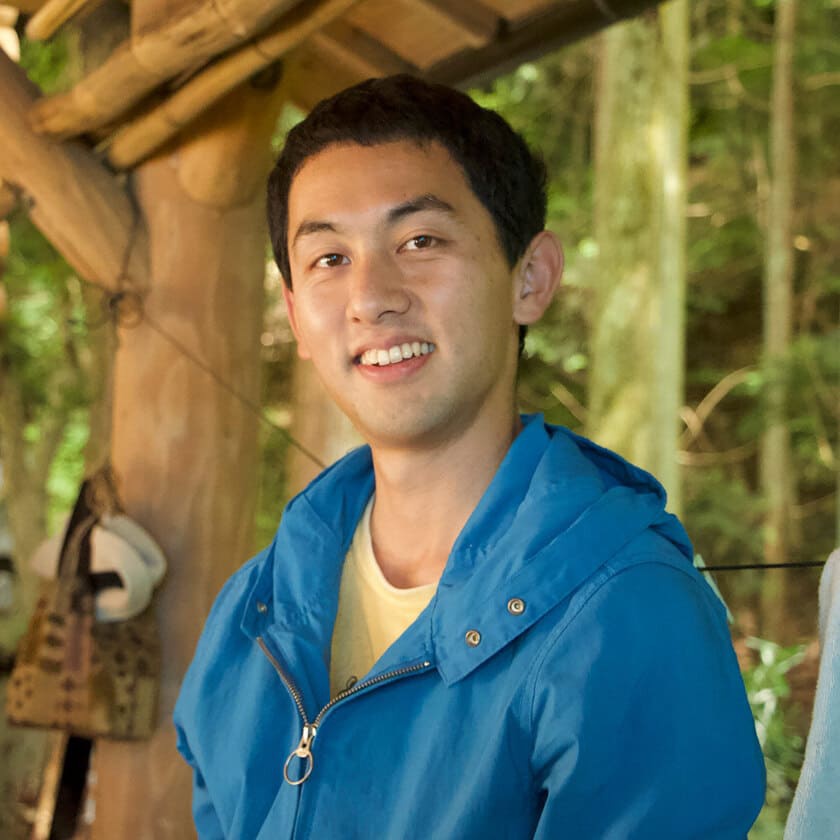
The aroma of the tea is intensified by Shionoe's climate, which features significant day-night temperature contrasts, as noted by MURAYAMA Jun from TOPICA, Inc.
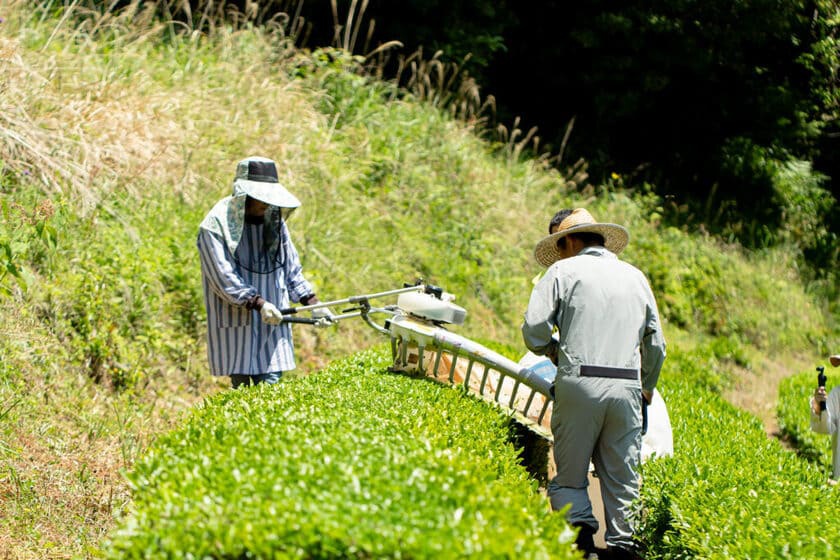
The slopes are fairly gentle, but they still have a 35 degree incline that complicates farming efforts. The tea industry flourished during the 1950s and 60s, but due to the aging of the workforce, numerous tea plantations have been left uncultivated.
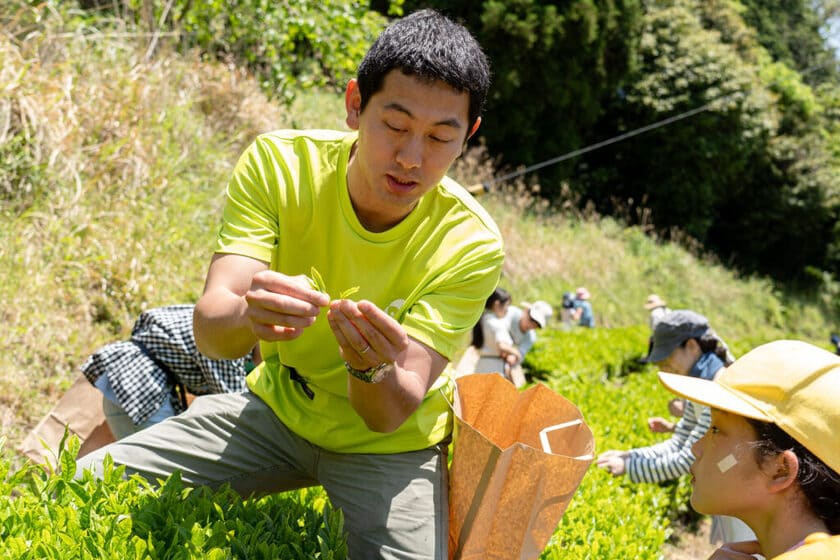
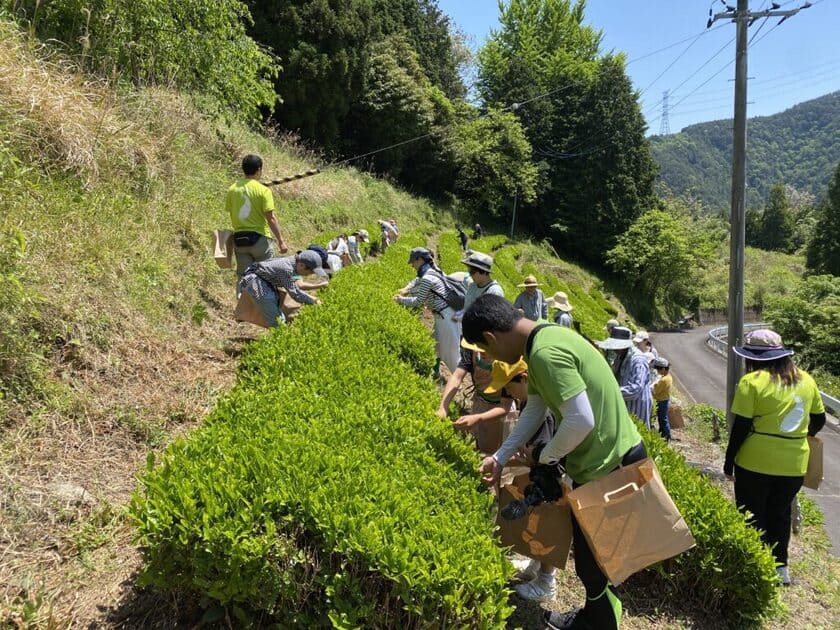
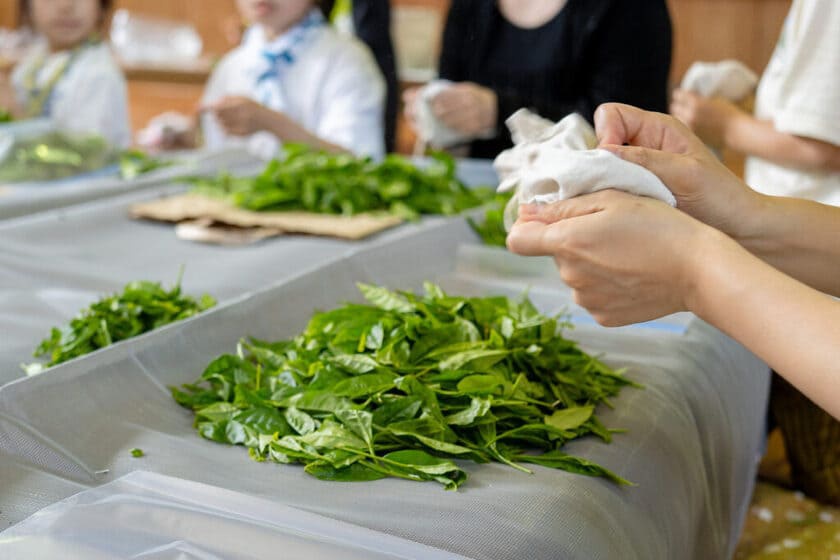
During this transition, Murayama has been collaborating with the local farmers, acquiring knowledge from them and assisting in the upkeep and utilization of the tea plantations. He arranges activities for the harvesting and processing tea to protect the scenery of Shionoe's tea plantations.

Takamatsu enjoys a wealth of resources because of its mountains and the sea. Explore the unique geo-gastronomy of Sanuki shaped by the geology of the region.
▼Sanuki Geopark Preparatory Committee.
https://sanukigeo.org/
▼Sanuki Geopark Preparatory Facebook
https://www.facebook.com/sanukigeo/
Gathering date:2024.11.21
- KEYWORDS




